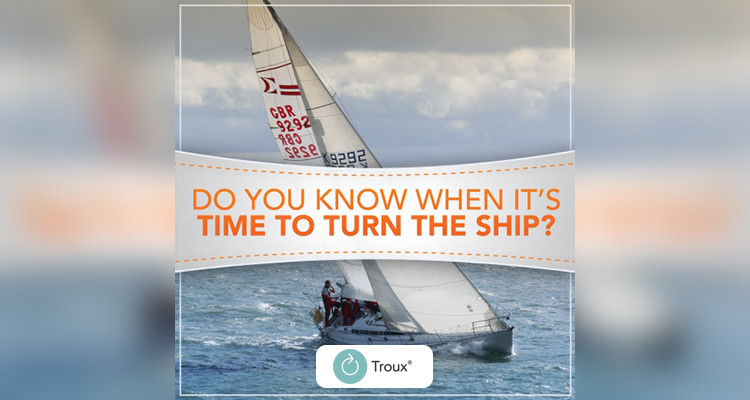
Recently, we’ve been frequently talking about enterprise trends under the lens of “today’s day and age” or “today’s business environment.” It’s as competitive a landscape as we’ve ever seen out there, and more and more companies are having to get innovative about how they diversify, extend and grow their businesses. This has led to companies recharting course and diverging from their original product set or philosophies in some pretty intriguing ways.
Think about Google, originally a search, data and ad company that is now likely the closest player to fully developing a driverless car. They’ve also ventured into the connected home with their (Google’s) acquisition of Nest Labs to harness smart thermostats and associated data. Do you think that Larry Page and Sergei Brin, when they founded the company in 1998, even had an inkling they’d be getting into those fields? I’d wager not. But somewhere along the way, insights and data showed them the market potential and convinced them to alter business strategy and product development. Some might argue that Google has the resources to throw money at whatever initiatives they want and not care if they pan out or not, but I’d love to hear what Page would say about that in light of Google acquiring Motorola Mobility for $12.5 billion to boldly move into hardware, then turning around and selling it less than two years later for under $3 billion. A truly expensive strategic debacle.
As a more recent, lesser-known example, European financial giant (and Troux customer) Banco Santander has reportedly invested £230 million in building a data center, which they’re using for their own strategic IT purposes but also to expand their business. The obvious purpose is to store their data, which in and of itself is a long-term investment that can reap significant cost savings. Beyond that, Santander also has designs on selling storage capacity to small businesses. Instead of utilizing a cloud technology vendor to support their data storage, they realized they had the means and strategic motivation to do it themselves and make it a viable customer offering. Building, managing, and selling a whole new service outside a company’s core competencies doesn’t get tossed around lightly in the C-suite.
Lego is a fascinating third case study because the company was [figuratively] built on the idea of empowering children to use their creativity to [literally] build their own outcome, without necessarily following instructions. Veering from your core product offering generally doesn’t come with an instruction manual either. In recent years, we’ve watched as Lego has introduced theme parks and even taken to the big screen. (I still can’t get “Everything is Awesome” (from The LEGO® Movie – Tegan and Sara feat. The Lonely Island) out of my head.) These ended up being brand-building pivots and extensions that paid off – in 2014, Lego’s sales increased by 13 percent and profits grew 15 percent. Lego takes research very seriously, constantly studying how kids play, make decisions and are entertained, resulting in copious amounts of data. You can bet that data, combined with internal insights, drives product development and go-to-market strategies.
I bring up these three very different examples of companies recharting course and navigating new waters to prove a point. The success or failure of these pivots and extensions don’t hinge on dumb luck or intuition. To effectively and profitably make decisions on this grand of a scale, some form of data and intelligence is required. All three companies had to evaluate their existing enterprise framework, determine the long- and short-term implications that changes would have on company operations and direction, understand how it would affect their customers and ultimately decide how to invest and act.
Enterprise intelligence can be a significant source for those fundamental insights, and more and more strategic business leaders are leveraging it to understand exactly where they can and should invest, streamline and grow their business. The way in which Cisco implemented EI is a prime example, but even companies outside of the tech sector are using enterprise intelligence to identify opportunities and acquisitions that can help them advance into new markets.
When it comes down to it, no matter how major a shift in strategy, Capability and Technology Management can change the way businesses make decisions. Learn more at Planview.com.

![Establishing an Enterprise Architecture-to-Business Communication Framework [Infographic]](https://blog.planview.com/wp-content/uploads/2017/11/Establishing-an-Enterprise-Architecture-to-Business-Communication-Framework-Infographic_750x400.jpg)


